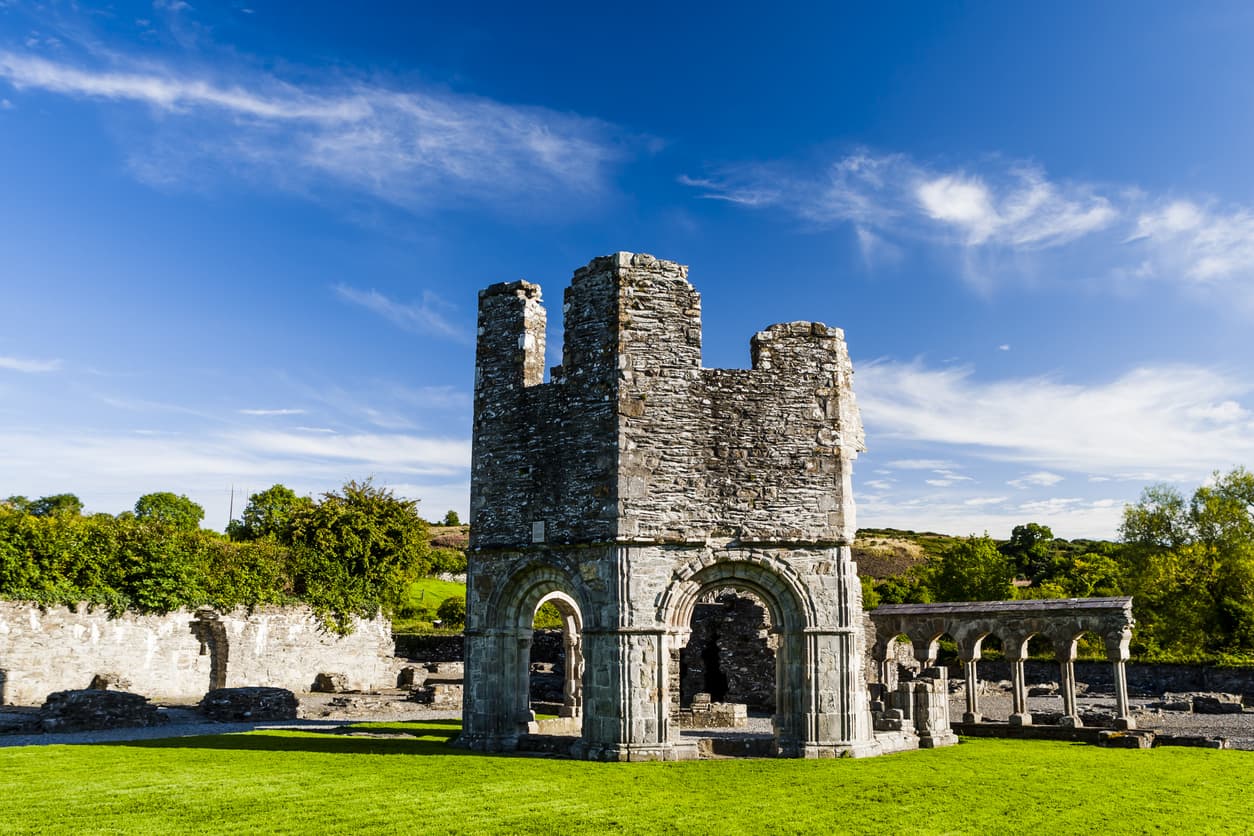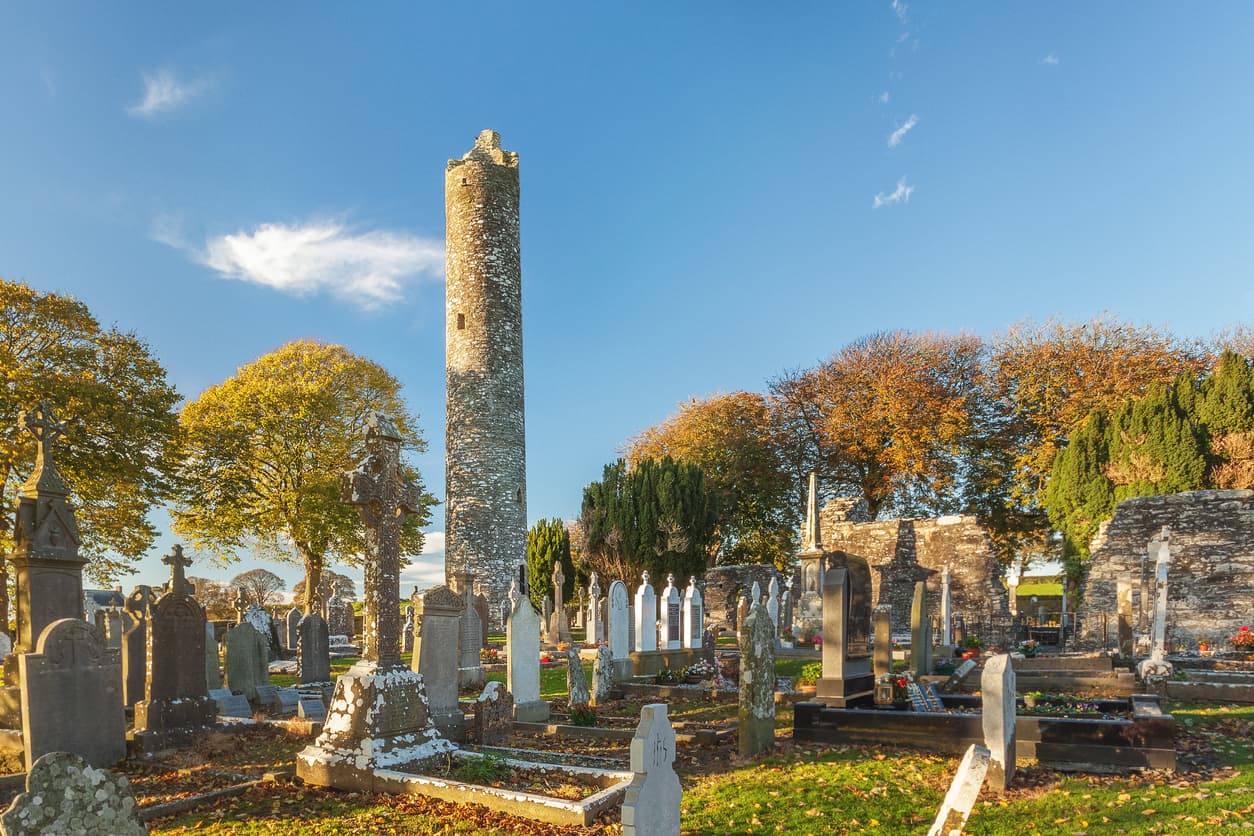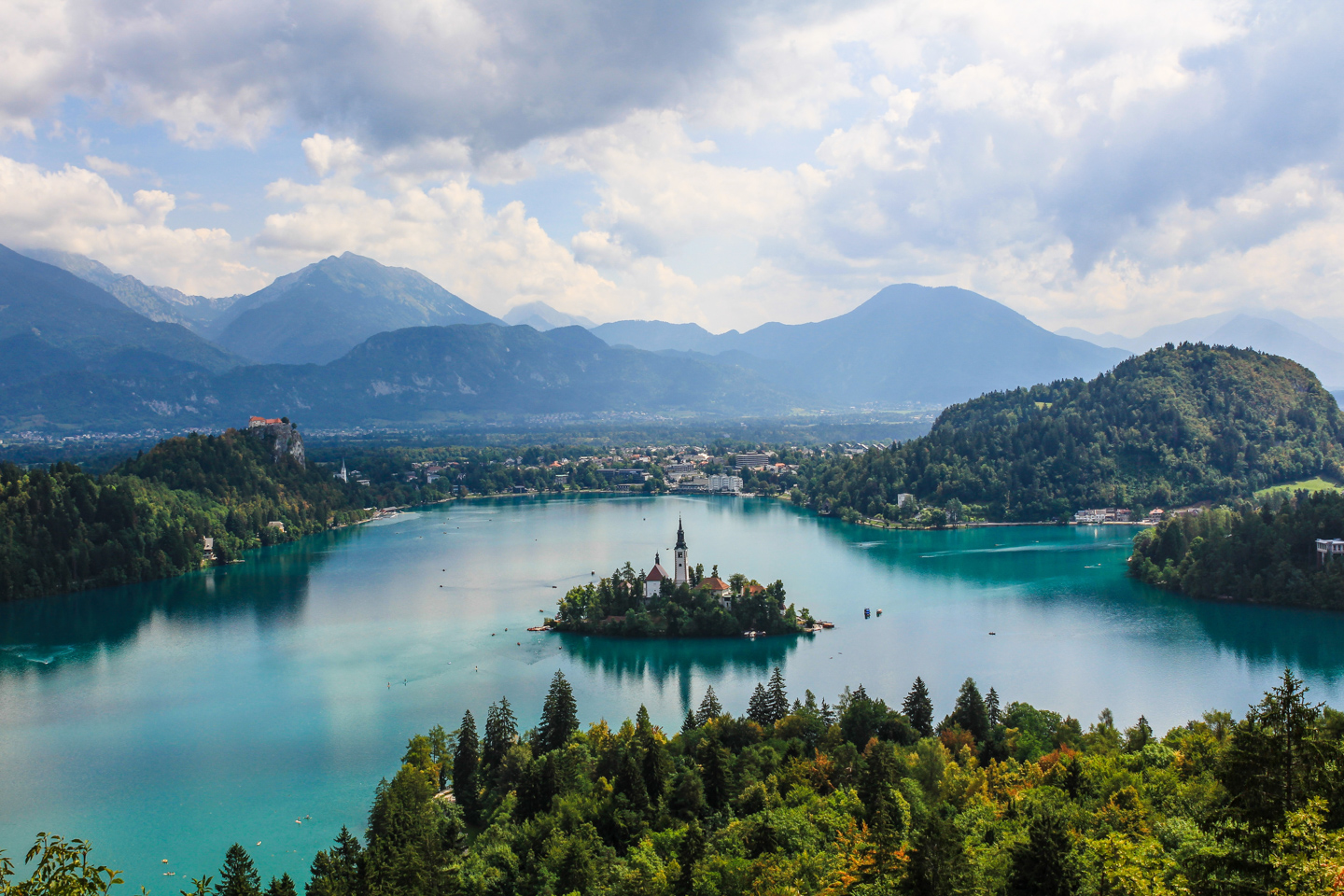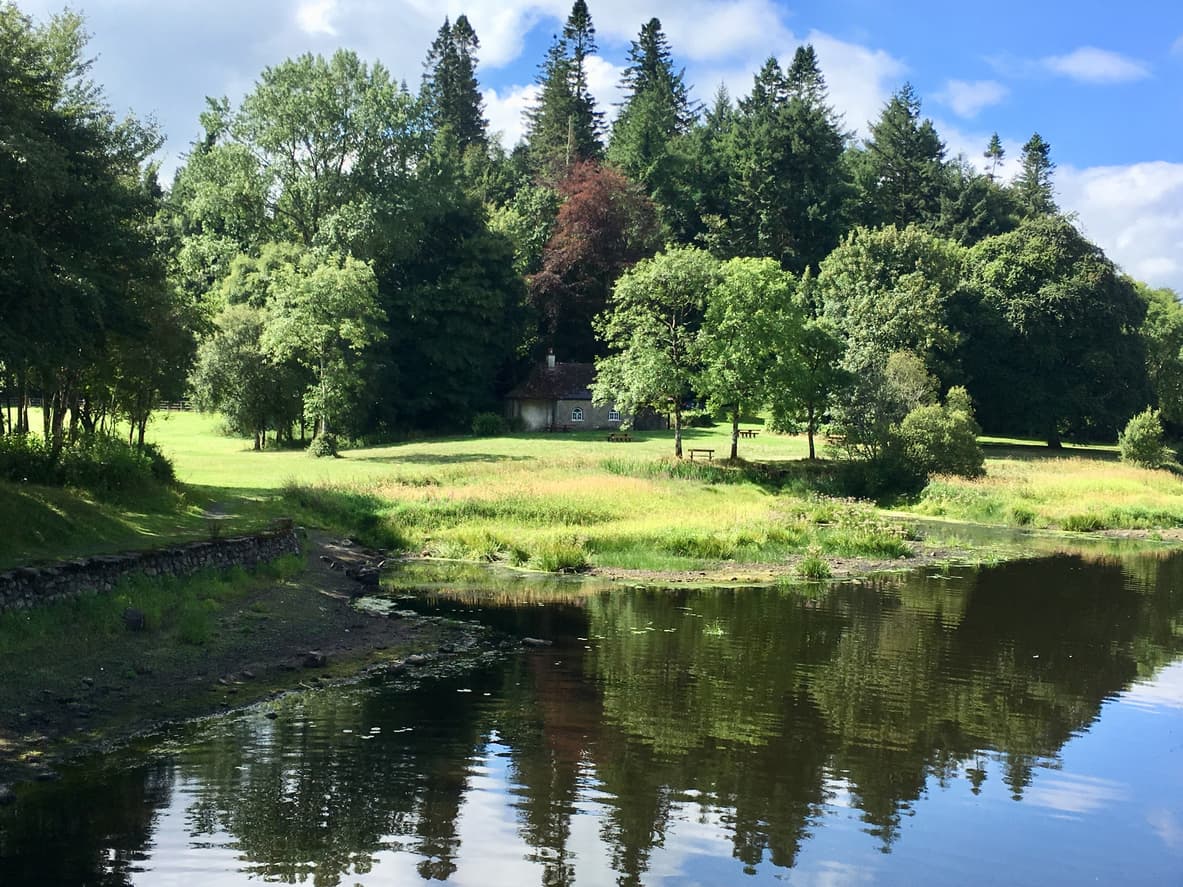County Louth, or the ‘Wee County’ as it is sometimes known is the smallest county in Ireland. It has a total area of only 821 square kms. The length of the county, from the boundary south of Drogheda to the boundary north of Ravensdale is only 29 miles. In the 5th and 6th centuries, it was at the centre of ecclesiastical Ireland, with wealthy religious communities at the monastery at Monasterboice and the Cistercian abbey at Mellifont.
The Normans were responsible for the development of Dundalk and the two towns on opposite sides of the River Boyne now unite in the city of Drogheda, the county’s largest town.

Mellifont Abbey
The ruined 12th century Cistercian monastery Mellifont Abbey is very close to Monasterboice in County Louth. It is of considerable historical significance, for it was the Cistercians’ first and most important abbey in Ireland, and a site of conflict between the Irish and the Anglo-Normans. Most of what remains of the great Mellifont Abbey is only foundations, but there is a fine lavabo that is mostly intact, along with the chapter house and a section of the cloister. There are also evocative ruins of a great gateway and a small church nearby.

Monasterboice Monastic Site
The monastic site at Monasterboice is situated 5 miles north of Drogheda and it dates back to the 6th century when it was founded by St Buite. The name “Monasterboice” derives from the Irish ‘Mainistir Bhuithe’ (monastery of Buite). At Monasterboice today you can see the Round Tower the remains to two churches. And two of the finest Celtic Crosses in Ireland: the South Cross and the West Cross which date both from the 10th century.






